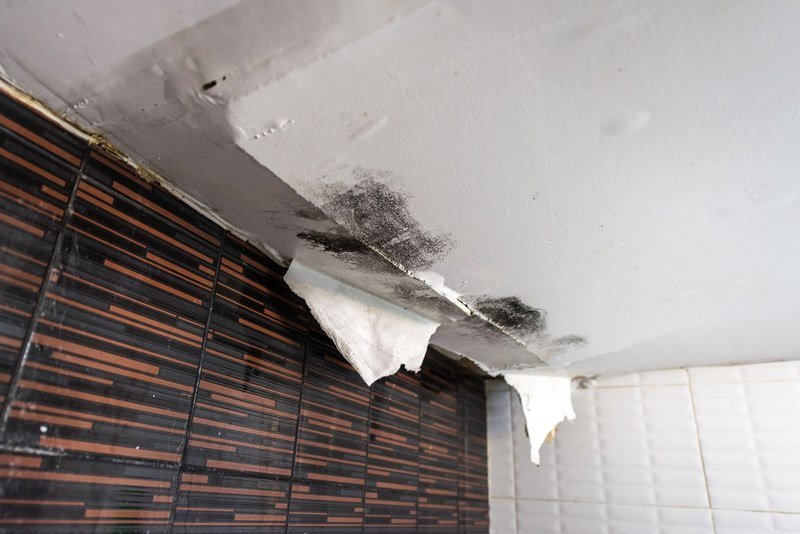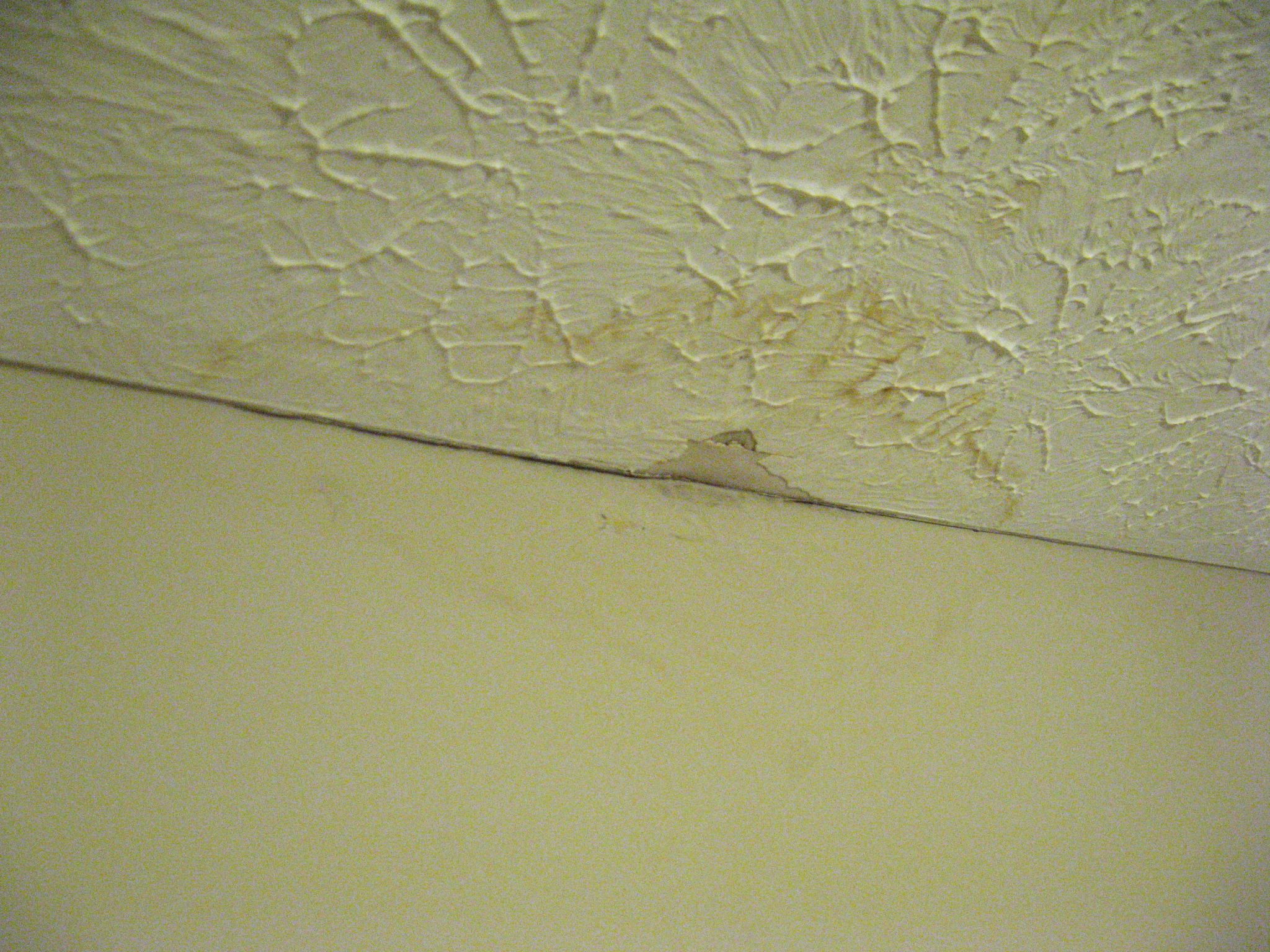Revealing the Key Sources Behind Residential Water Leak Problems
Revealing the Key Sources Behind Residential Water Leak Problems
Blog Article
We have noticed this post on Most Common Causes of Leaky Pipes down the page on the internet and reckoned it made good sense to write about it with you over here.

Leaks not only cause waste of water but can also cause unnecessary damage to your residence and advertise undesirable natural development. Water leaks might go undetected given that most of the pipework in our house is concealed. By recognizing and looking for daily scenarios that create leakages, you can protect your home from future leaks and unnecessary damage. Today, we will take a look at six leak causes that might be causing your pipelines to drip.
Intruding origins
The majority of water leaks start outside the house instead of inside it. If you observe an unexpected decline in water stress, claim in your faucet, take some time to go out and also examine your backyard. You might observe wet patches or sinkholes in your yard, and that might mean that tree origins are attacking water lines creating water to permeate out. You can have your plumber check for intrusion, especially if you have trees or shrubs near your residential or commercial property.
Corroded water supply
As time passes by, your plumbing system ages and also rust such as corrosion may begin eating away the pipelines. This might be the root cause of discoloration or warping on your pipes. This calls for an examination with your plumber instantly. If our plumbing system is old, take into consideration replacing the pipelines given that they are at a higher threat of deterioration than the newer designs.
Defective Pipe Joints
Pipeline joints can wear away over time, resulting in water leaks. If you have noisy pipelines that make ticking or banging sounds, especially when the hot water is turned on, your pipeline joints are possibly under a lot of pressure.
Instant temperature modifications.
Extreme temperature changes in our pipes can cause them to expand and also get all of a sudden. This development as well as contraction may cause splits in the pipelines, particularly if the temperature are listed below cold.
Poor Water Connectors
At times, a leak can be brought on by loosened hoses and also pipelines that supply your devices. More often than not, changing is what triggers the loose water Links. You might discover in the case of a cleaning device, a tube may spring a leakage due to drinking during the spin cycle. In case of a water links leakage, you may see water running directly from the supply line or pools around your devices.
Blocked Drains
Blocked drains pipes could be bothersome as well as inconveniencing, yet they can occasionally wind up causing an overflow leading to burst pipes. Keep removing any materials that may drop your drains pipes that could clog them to prevent such hassles.
All the above are sources of leaks however not all water leakages arise from plumbing leaks; some leaks might come from roofing system leakages. All leaks should be fixed quickly to prevent water damage.
Leakages not only create waste of water however can additionally trigger unnecessary damages to your residence as well as advertise undesirable natural growth. By recognizing as well as looking for day-to-day situations that trigger leakages, you can secure your residence from future leaks and unnecessary damage. Today, we will certainly look at 6 leak triggers that might be causing your pipes to leak.
At times, a leak can be created by loosened hoses and also pipes that provide your devices. In instance of a water connections leakage, you may see water running directly from the supply line or puddles around your home appliances.
How To Check For Water Leak In Your Home
How To Check for Leaks
The average household's leaks can account for nearly 10,000 gallons of water wasted every year and ten percent of homes have leaks that waste 90 gallons or more per day. Common types of leaks found in the home are worn toilet flappers, dripping faucets, and other leaking valves. These types of leaks are often easy to fix, requiring only a few tools and hardware that can pay for themselves in water savings. Fixing easily corrected household water leaks can save homeowners about 10 percent on their water bills.
To check for leaks in your home, you first need to determine whether you're wasting water and then identify the source of the leak. Here are some tips for finding leaks:
Take a look at your water usage during a colder month, such as January or February. If a family of four exceeds 12,000 gallons per month, there are serious leaks.
Check your water meter before and after a two-hour period when no water is being used. If the meter changes at all, you probably have a leak.
Identify toilet leaks by placing a drop of food coloring in the toilet tank. If any color shows up in the bowl after 10 minutes, you have a leak. (Be sure to flush immediately after the experiment to avoid staining the tank.)
Examine faucet gaskets and pipe fittings for any water on the outside of the pipe to check for surface leaks.
Undetected water leaks can happen without the home or business owner even realizing. If you suspect a water leak, but not able to find the source. It is time to contact a professional water leak detection service, The Leak Doctor.
How To Find a Water Leak In Your Home
https://www.leakdoctor.com/blog/How-To-Check-For-Water-Leak-In-Your-Home_AE197.html

We had been brought to that editorial on Top Causes of Home Water Leaks through an associate on another blog. Sharing is caring. You just don't know, you may be helping someone out. I recognize the value of reading our article about Common Water Leaks In House.
Fast response, call now! Report this page